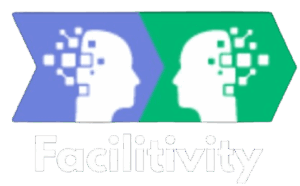One of the first questions that seems to come up in any discussion of Agile is “How Well Does Agile Scale?” Sometimes this is asked explicitly, but more often there is an underlying assumption that Agile does not or can not scale very well. When I was first exposed to Agile, my first impression was that Agile didn’t scale beyond a small team, say 1-12 people.
I used to try to tackle the question head on, but then I realized that there’s something else going on here. Let’s take a step back. What do we currently assume about traditional development? I think we come to the discussion thinking that just because there are teams of 100 engineers, 500 engineers, and even 2,000 engineers doing traditional development, that traditional development is a proven quantity when it comes to scaling. Let’s first ask the question: “How well does traditional development scale?”
To answer that question we first have to define “scaling.” I think a good working definition is that as you add new resources, there is a linear increase in effective output with little or no decrease in efficiency. For software, output and efficiency translate to new functionality and productivity. That would mean that if you have a 50 person engineering team and you add 50 more people you get twice the output. But when was the last time you saw that? Have you ever seen it? In my experience, after talking to hundreds of development organizations doing traditional development, productivity falls and thus output does not increase linearly with additional resources. In many cases, output actually decreases as more resources are added.
What do you actually do to “scale” your development organization? Do you have meticulously updated Gannt charts and estimates? Do you schedule lots of meetings? Do you spend a lot of time making sure that requirements and designs are just right? Do you reserve 30% of the development schedule for testing (and fixing)?
In my experience, after talking to hundreds of development organizations, the answer to the question “How well does traditional development scale” is “not very well.” We’ve just suffered along with this problem, in large part because while the pain was there, the root causes were difficult to trace, let alone address.
